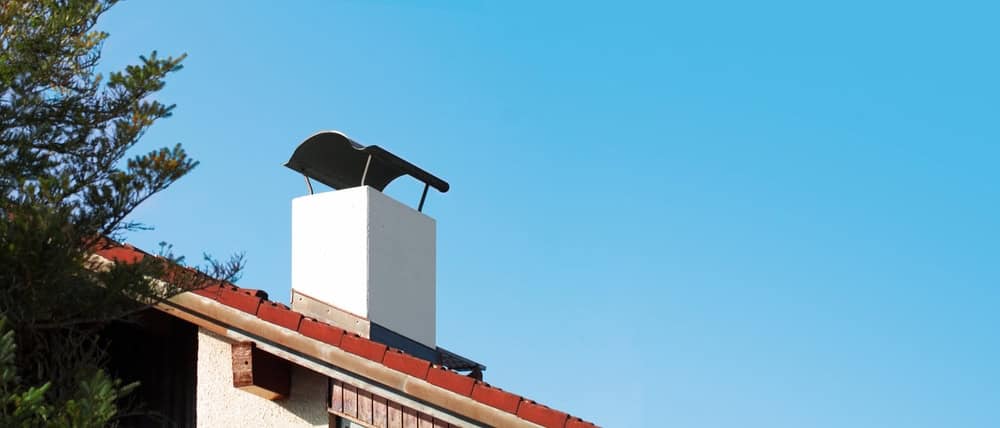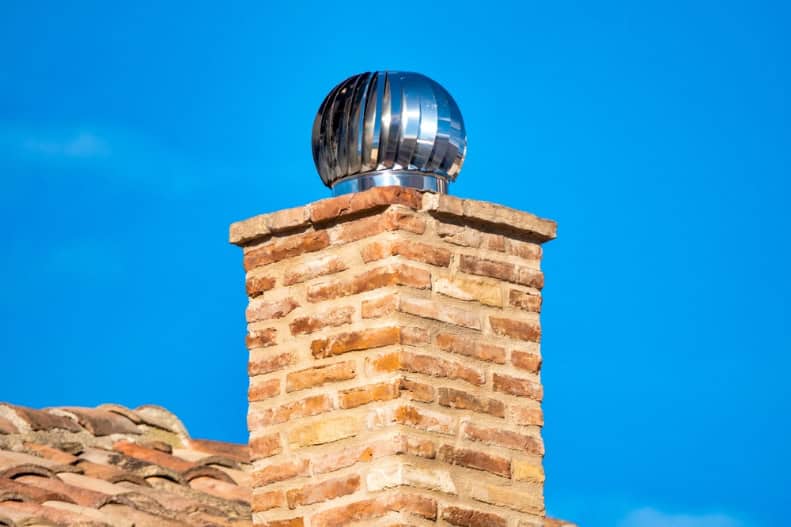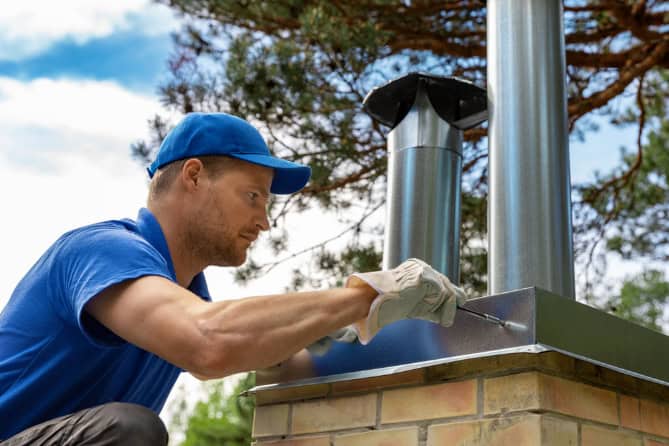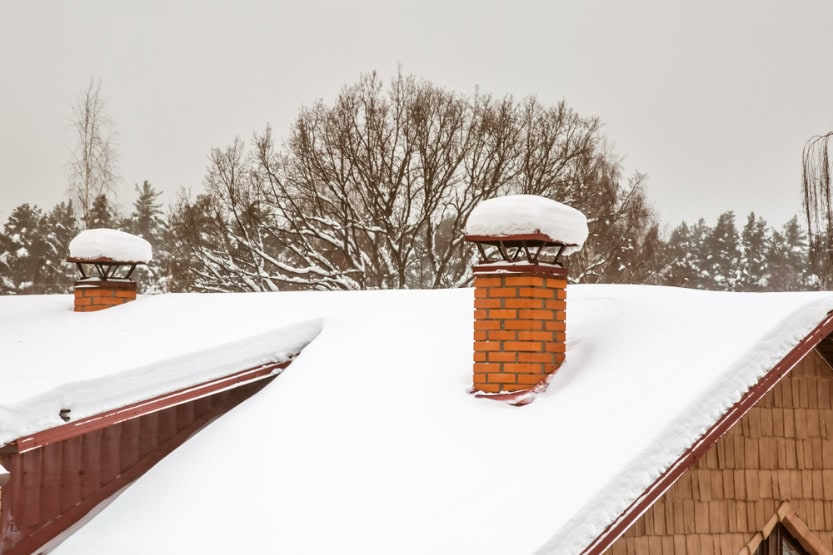Professional chimney cap installation that protects your home from costly water damage, animals, and debris.

Hear from Our Customers

Your chimney without a proper cap is like leaving a window open during every storm. Water pours straight down into your flue, soaking masonry and eventually finding its way into your home. You’ll see stains on walls, damaged ceilings, and smell that musty odor that never quite goes away.
A quality stainless steel chimney cap changes everything. Water hits the cap and runs off your roof instead of into your chimney. Animals stay out. Your draft improves because debris isn’t blocking airflow.
The difference isn’t just about avoiding problems—it’s about knowing your home is actually protected. No more wondering if that next storm will cause expensive damage. No more surprise repair bills because water has been slowly destroying your chimney system for months.
We’ve been protecting East Greenwich homes since 2000. The same core team that started this work over twenty years ago is still here, still doing the installations, still standing behind every job.
Our technicians hold CSI certification from the Chimney Safety Institute of America. That means we know chimney systems inside and out—not just caps, but how everything works together. We’ve seen what happens when caps are installed wrong, and we’ve fixed plenty of those mistakes.
You’re not getting a crew that learned chimney work last month. You’re getting professionals who’ve been doing this longer than most companies have existed.

First, we inspect your existing chimney top and measure for proper fit. Every chimney is different, and a cap that doesn’t fit exactly won’t protect properly. We check the crown condition, flue size, and any special requirements your setup needs.
Next, we remove the old cap if there is one and clean the chimney top. You’d be surprised how much debris accumulates up there. We make sure the mounting surface is solid and ready for the new installation.
Then we install your new stainless steel chimney cap with proper fastening and sealing. We don’t just drop it on and hope—we secure it to handle Rhode Island weather, including those coastal winds that can lift poorly installed caps right off your chimney. Before we leave, we test the fit and show you exactly what we’ve done.

Ready to get started?
Every chimney cap we install is measured for your specific chimney. Standard sizes don’t work when you need real protection. We use stainless steel construction that won’t rust out in Rhode Island’s coastal climate—something particularly important here in East Greenwich where salt air accelerates corrosion.
Your cap includes mesh screening sized to keep animals out while allowing proper airflow. The design includes a drip edge that directs water away from your chimney structure. We secure everything with stainless steel fasteners that won’t work loose over time.
You also get our assessment of your chimney crown and overall system condition. Sometimes we spot issues that could cause problems down the road. We’ll tell you about them upfront—no surprises, no pressure, just information you can use to make good decisions about your home.
